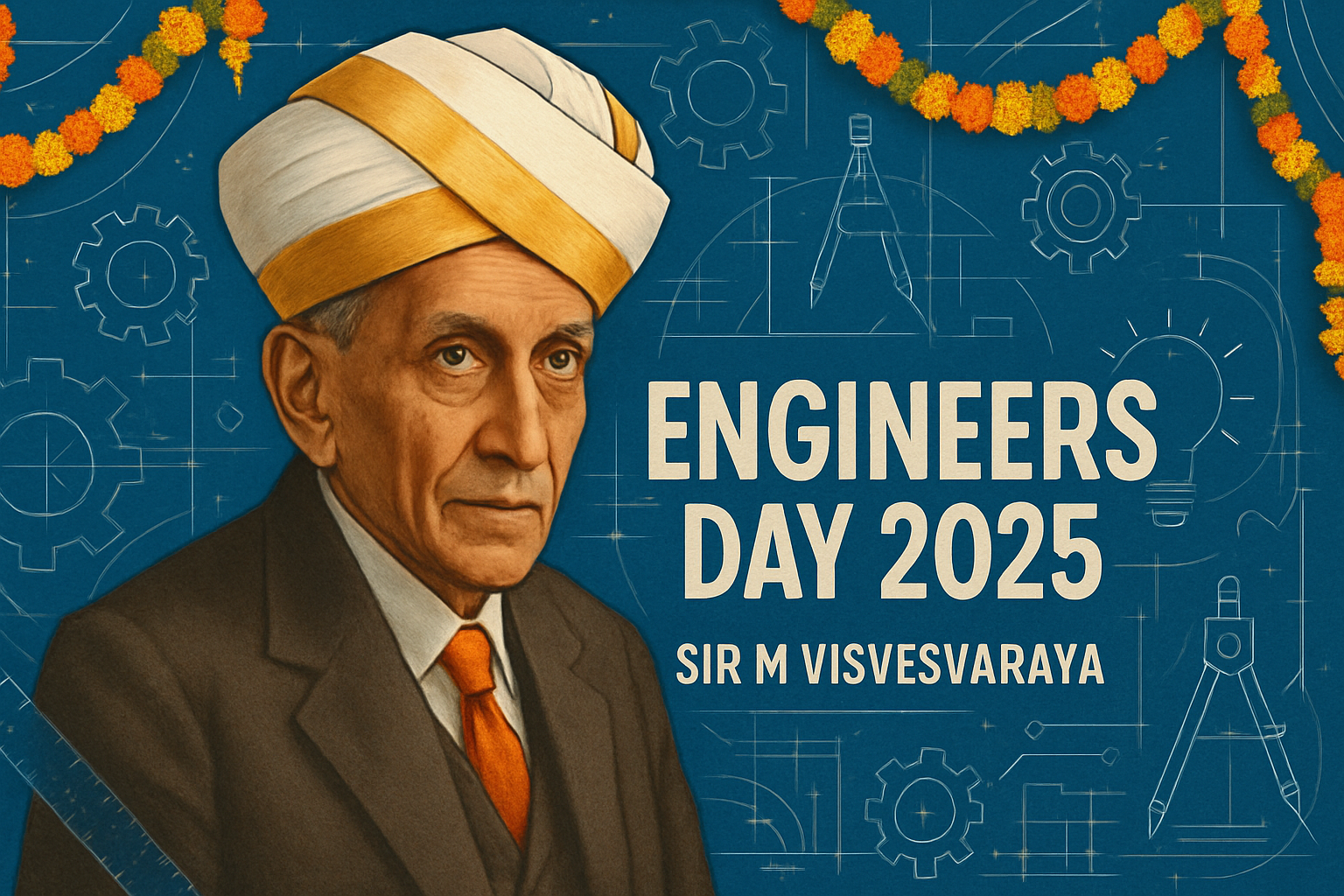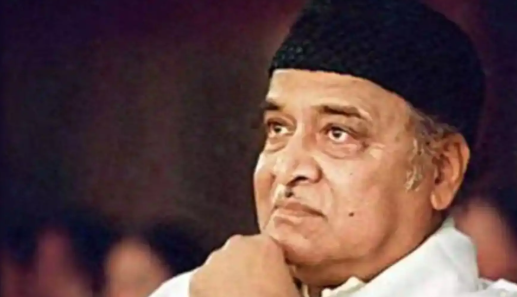Introduction
Gopinath Bordoloi (6 June 1890 – 5 August 1950) was a towering figure in Assam’s history, revered as the first Chief Minister of Assam and a dedicated freedom fighter. Known as “Lokpriya” (loved by all), a title conferred by Governor Jayram Das Doulatram, Bordoloi’s unwavering commitment to Assam’s people and India’s independence earned him the Bharat Ratna posthumously in 1999. This post explores his life, contributions, and lasting legacy in simple words, highlighting why he is celebrated as the architect of modern Assam.
Early Life and Education
Gopinath Bordoloi was born on June 6, 1890, in Raha, Nagaon district, Assam, to Buddheswar Bordoloi, a medical practitioner, and Praneswari Bordoloi. Tragically, he lost his mother at age 12 and was raised by his elder sister, Shashikala Devi. Coming from a Daivajna Brahmin family with roots in Uttar Pradesh, Bordoloi showed early promise in academics. He completed his matriculation in 1907 from Cotton Collegiate School in Guwahati and pursued higher education at Cotton College. He graduated with honors in History from Scottish Church College, Calcutta, in 1911, and earned an MA in History from the University of Calcutta in 1914. Bordoloi studied law and began his legal practice in Guwahati in 1917, but his passion for public service soon led him to politics.

Entry into Politics and Freedom Struggle
Inspired by leaders like Rabindranath Tagore, J.C. Bose, Surendranath Banerjee, and Tarun Ram Phukan, Bordoloi joined the Indian National Congress in 1921 as a volunteer. A staunch follower of Mahatma Gandhi’s non-violence principles, he plunged into the Non-Cooperation Movement, advocating peaceful resistance against British rule. His active participation led to his arrest in 1922, and he spent a year in jail. After the movement was halted following the Chauri Chaura incident, Bordoloi briefly returned to his law practice but remained committed to social work, serving on the Guwahati Municipal Board and Local Board from 1930 to 1933.
In 1936, Bordoloi’s political career took a significant turn when the Congress won 38 seats in the Assam Legislative Assembly under the Government of India Act of 1935. Although Congress chose to remain in opposition due to restrictive laws, Bordoloi was elected Leader of the Opposition. When Md. Saadulla’s government resigned in 1938, the Governor invited Bordoloi to form the government, and he became Premier (Chief Minister) of Assam on September 21, 1938. His government introduced progressive policies, including halting land taxes and protecting indigenous land rights, but resigned in 1940 following Gandhi’s call to protest India’s forced involvement in World War II. Bordoloi was arrested again in 1940 and during the Quit India Movement in 1942, though he was released early due to ill health.
Role in Preserving Assam’s Identity
Bordoloi’s most significant contribution came during 1946–47, when Assam’s inclusion in India was at risk. The British Cabinet Mission Plan of 1946 proposed grouping provinces, placing Assam with Muslim-majority Bengal, which could have led to Assam’s inclusion in East Pakistan (now Bangladesh). Backed by Gandhi and supported by leaders like Sardar Vallabhbhai Patel, Bordoloi led a non-violent campaign to keep Assam in India. He organized protest rallies, negotiated with British officials, and resisted pressure from the Muslim League, which sought to alter Assam’s demographic and territorial integrity. His efforts ensured Assam remained part of India post-Partition in 1947, safeguarding its cultural and political identity.
As Chief Minister after the 1946 elections, where Congress won 58 of 108 seats, Bordoloi worked tirelessly to rehabilitate Hindu refugees fleeing communal violence in East Pakistan. He also opposed policies like the 1941 Land Settlement Policy, which encouraged migration from East Bengal, threatening Assam’s demographics. His collaboration with Patel strengthened Assam’s sovereignty against external threats from East Pakistan and Communist China, maintaining communal harmony until the 1971 Bangladesh Liberation War.
Contributions as Chief Minister
As Assam’s first Chief Minister post-independence (1946–1950), Bordoloi laid the foundation for modern Assam. His key achievements include:
- Education and Infrastructure: He established Gauhati University and initiated medical, veterinary, engineering, and agricultural colleges to boost Assam’s development.
- Indigenous Rights: Bordoloi protected the rights of Assam’s native communities by restricting land grants to migrants, a bold move against the Muslim League’s policies.
- Economic Reforms: His government introduced agricultural taxes on wealthy farmers, a pioneering step among Indian provinces, to fund development.
- Peace Brigade: During World War II, Bordoloi formed a peace brigade to support refugees from Burma and Malaya, maintaining morale through non-violent means.
As Chairman of the North-East Frontier Tribal Areas and Assam Excluded and Partially Excluded Areas Sub-Committee, Bordoloi advocated for tribal rights and fair representation in the Constituent Assembly, addressing Assam’s unique challenges like migration and population changes.
Personal Life and Literary Contributions
In 1910, Bordoloi married Surabala Devi of North Guwahati. Known for his simplicity, he wore khadi and was deeply spiritual, influenced by the Bhagavad Gita and Vaishnava devotional singing. He was also a gifted writer, authoring books like Buddhadeb, Annaskaktiyog, Hajrat Mohammad, and Shreeramachandra, many written during his time in prison. A multifaceted individual, Bordoloi was also a tennis player, angler, and patron of music, earning widespread respect for his humility.
Legacy and Honors
Gopinath Bordoloi passed away on August 5, 1950, in Guwahati at age 60. His contributions were recognized posthumously with the Bharat Ratna in 1999, making him the first and only recipient from Northeast India. The Lokpriya Gopinath Bordoloi International Airport in Guwahati and a memorial museum in Raha, established in 1998, honor his legacy. The Assam government observes Lok Kalyan Divas annually to commemorate his death anniversary. A life-size statue of Bordoloi was unveiled in the Parliament House in 2002 by President A.P.J. Abdul Kalam. Sardar Patel hailed him as the “Sher-I-Assam” (Lion of Assam) for his courage, and recent posts on X (as of August 5, 2025) reflect ongoing admiration for his role in shaping Assam’s identity.

Why Gopinath Bordoloi Matters
Gopinath Bordoloi’s life is a testament to selfless leadership and dedication to Assam’s people. His resistance to the Cabinet Mission Plan saved Assam from being absorbed into East Pakistan, preserving its cultural and territorial integrity. His progressive policies laid the groundwork for Assam’s education, economy, and social harmony. Known as “Lokpriya” for his love for the people, Bordoloi’s legacy inspires generations to value unity and resilience.
Interesting Facts About Gopinath Bordoloi
- He was the first Northeast Indian to receive the Bharat Ratna, awarded 49 years after his death.
- Bordoloi briefly served as headmaster of Sonaram High School before becoming a lawyer.
- His courage earned him the title “Sher-I-Assam” from Sardar Patel.
- He wrote several books, blending spirituality and history, during his imprisonments.
- The renovated Bharat Ratna Gopinath Bordoloi Memorial Museum in Raha preserves his personal belongings.
Conclusion
Gopinath Bordoloi, the “Lokpriya” leader, was a visionary who shaped modern Assam through his fearless fight for independence and dedication to its people. From ensuring Assam’s place in India to building its educational and social framework, his contributions remain unmatched. His life inspires us to prioritize unity, non-violence, and public welfare. Have you visited the Gopinath Bordoloi Memorial Museum or learned about his role in Assam’s history? Share your thoughts in the comments!
Also See: RG Baruah: the architect of Modern Assam
Also See: Kaladan Multi Modal Transit Project





